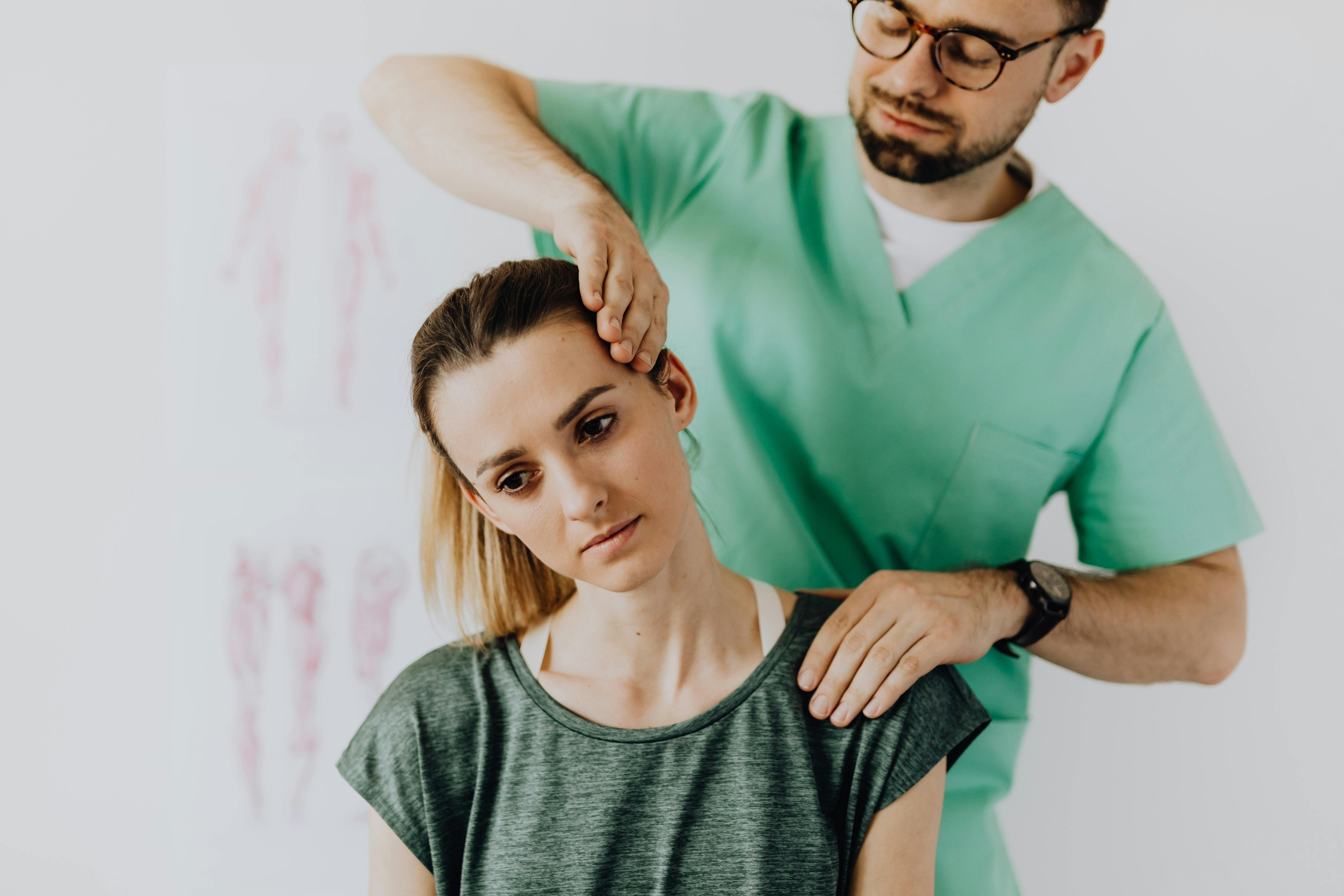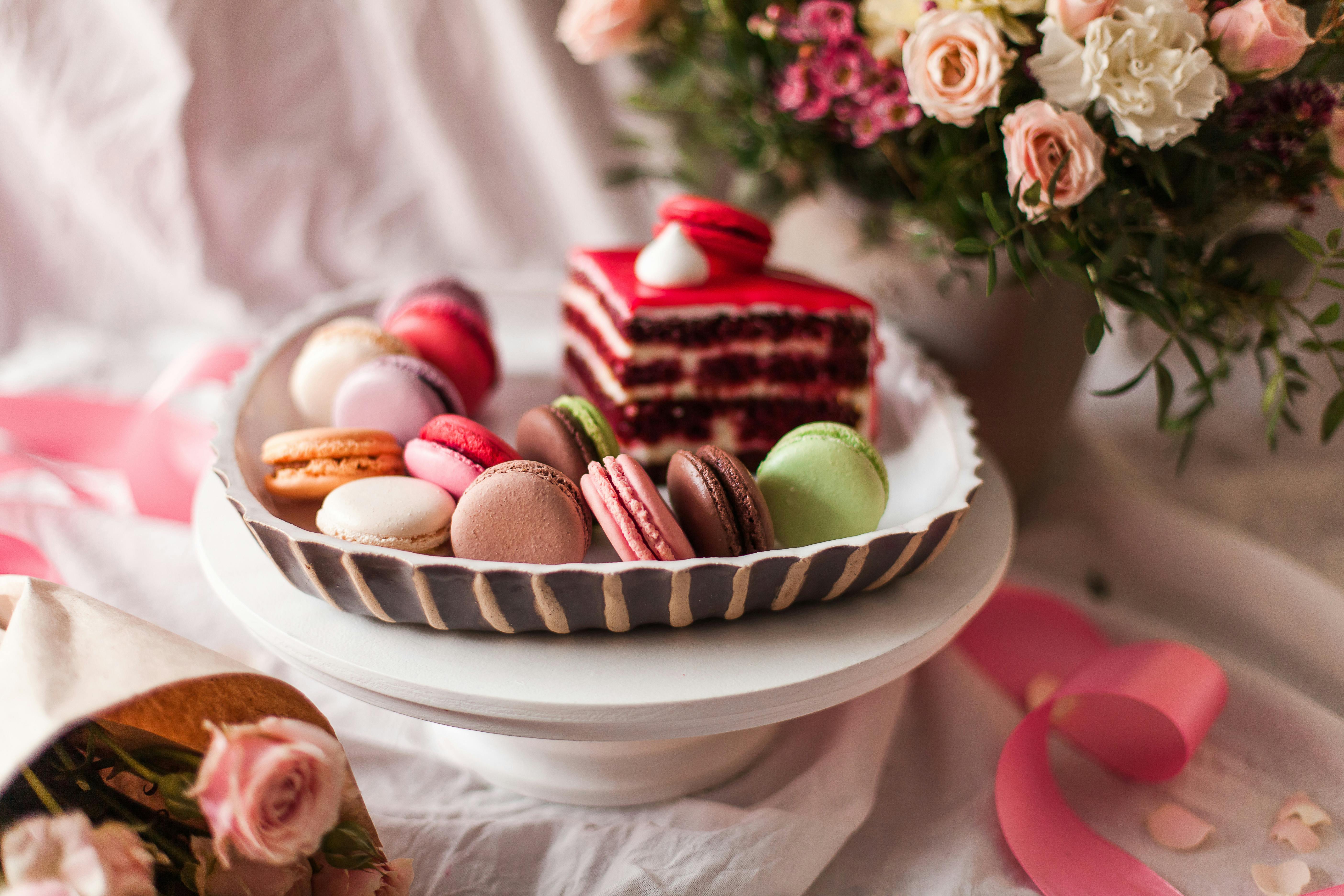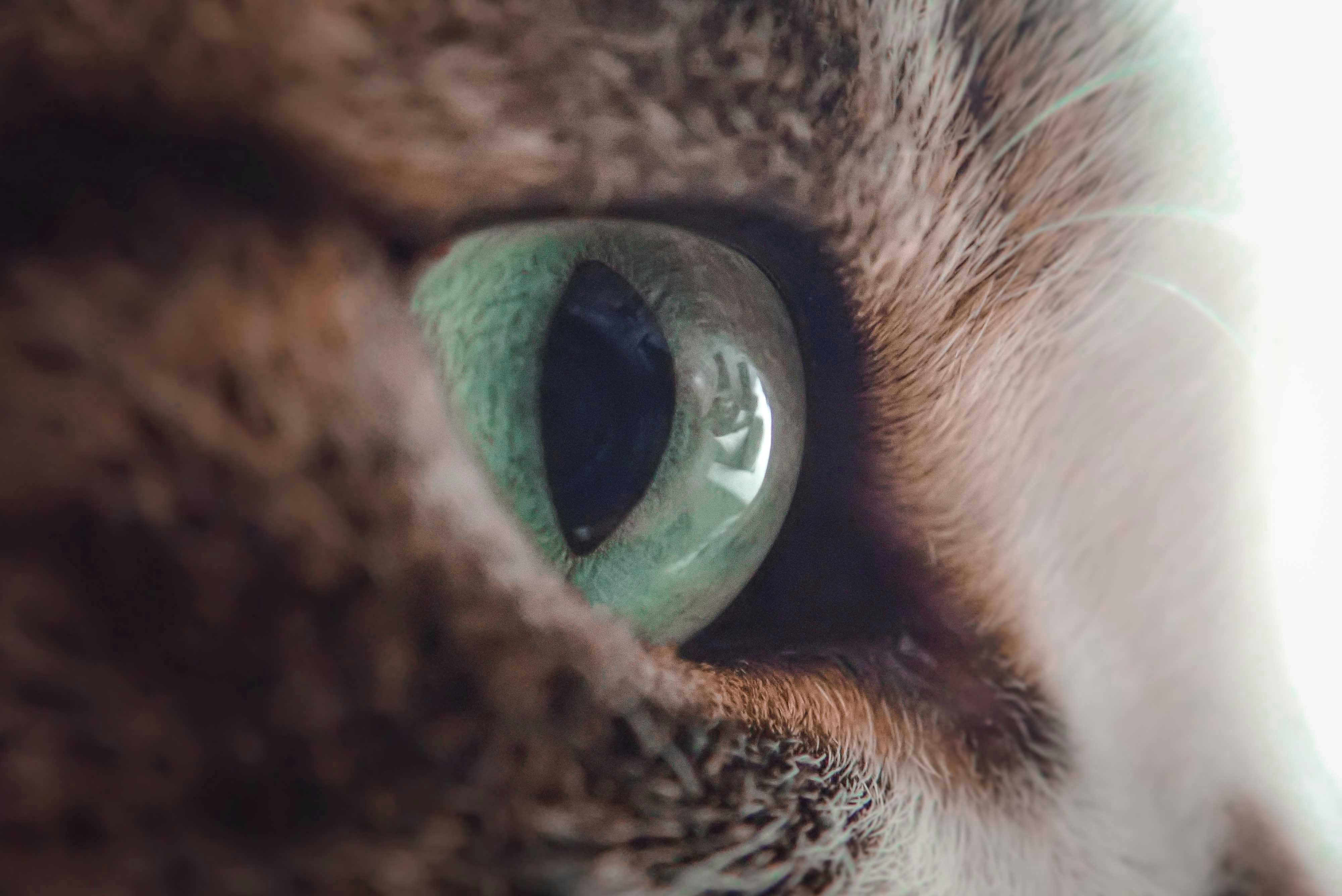If only I knew why
My mother had a favorite pair of socks. It wasn’t just pink, it was fuchsia. We joked about it because he used them all the time. We all have clothes that we feel good in, that feel more like extensions of ourselves than clothes. They are comforting and protective.
Photographers even tell you to bring your favorite clothes with you to photo shoots. This is because, regardless of their condition, we photograph best in clothes that make us feel happy and relaxed.
However, who knows what will eventually happen to these prized items? When my mom’s socks wore out, we tried to replace them, but they were never the same again. These items are lost or replaced with new favorites, accidentally donated, or so worn that someone has to throw them away to prevent us from using them. Human beings are not just creatures of habit, we are creatures of comfort. Creature comforts are external manifestations of our desire for internal comfort.
Growing up, we would go to Texas every year to visit family. We stayed with my favorite aunt and uncle. My uncle always took me aside and talked to me about Jesus. His main concern was that I would be “saved.” Every year he asked, “What is the most important thing in your life?” Invariably she would say family, my dance career, or some other answer that she knew from her expression was wrong.
He would say that God had to come first in my life before family or anything else. I knew you did this for love, but it confused me. I couldn’t imagine putting anything before the people I loved. I understand now.
Humans are incomplete. Our hearts and souls yearn for the perfect union and wholeness that we unconsciously know exists. We look for it in people, things, success, fame, money, relationships or drugs for those who decide to create it synthetically, but that scathing feeling remains.
Life on earth is fragile. People are fragile. The harder the outside, the more fragile the inside. Earth is a beautiful but turbulent and unpredictable planet. We reflect the growing pains and the continuous cycles of change together with Mother Earth. Like hurricanes, earthquakes and other terrestrial processes, we are surprised when things happen that we never thought possible. Our most human quality gets in the way: our fear of being out of control and the desire to know WHY.
It bothers us not to know. We like to have a reason, an explanation, and in many cases, someone to blame. We get anxious and fearful when we cannot identify things (root of xenophobia). If we knew WHY we think, it would be easier to accept. We lose the people we care about, families fall apart, jobs and friendships end. We spend much of our lives investing in things that are impermanent, and our world shakes to the core when things we thought were permanent turn out not to be.
We kick, yell, and ask again, “Why? Why did this happen?” When traumatic events occur, it is a painful reminder that the complete wholeness we seek does not come from man or any earthly source. It comes from Mother / Father God, Creator, Supreme Being, Great Spirit, Higher Power, that which is greater than us, the whole from which we separate when we come to earth. The reason my uncle said to put God first is because the creator is the only true constant.
When we lose things, we often look for them in places where we hope they are rather than opening our minds to the maddening possibility that they are somewhere where it doesn’t make sense for them to be. We are blocked by our expectations, “How can a paper clip bounce and land 6 feet away on its end?” But it did and you had to change your perspective to see it. And you can’t find what was never lost in the first place. It was there all the time just hiding, waiting for you to find another way to see.
There is a reason they are called growing pains. Human beings are hardwired to resist change. Even when growth is visibly positive, we find it difficult to process. We leave behind the things that no longer serve us, not knowing that we plant the seeds for this change to occur. We let go of the threads and the tattered things to make way for the new and better. When faced with something inexplicable, little minds are quick to run “X” through their worldview database. As defined by Jerry Solomon, the worldview is:
… “the precious premises or assumptions you have about ultimate reality, human beings, and the relationship between the two.”
If “X” does not show any results, then “X” equals bad, incorrect, or nonexistent. Great minds know how little we know in a vast universe and find joy in expanding their minds to discover what “X” might be. We do not have the perspective to understand or see the creative development of events much larger than ourselves. Resting in the God of your heart will bring you comfort and love that is eternal no matter what has manifested around you. Why is this happening? Because things change.
“The secret of change is to focus all your energy, not on fighting the old, but on building the new.” â € • Socrates









